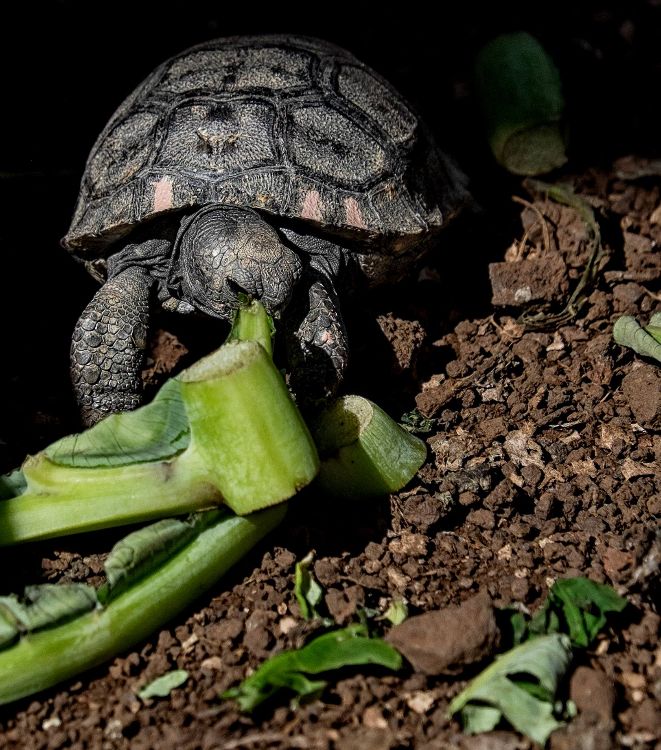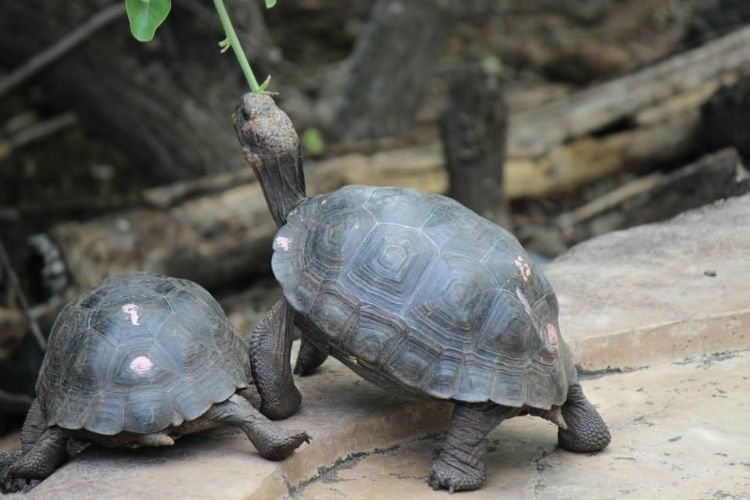For the first time in a century, Galapagos Island researchers have found newborn baby tortoises on the small island of Pinzón. This thrilling news is a sign that the endangered tortoise species might have a chance to survive. Decimated by the whaling and fishing industries and invasive rats species, the Galapagos tortoise has struggled to survive. The discovery of these babies gives scientists hope that the tortoise species is on the rebound.
Three researchers wrote an article in Nature magazine announcing the discovery of the tortoises: “We found ten tiny, newly hatched saddleback tortoises on the island early last month [...] There could be many more, because their size and camouflage makes them hard to spot. Our discovery indicates that the giant tortoise is once again able to reproduce on its own in the wild.”
Advertisement
This finding verifies the importance of nearly 50 years of conservation efforts to preserve these tortoises. In 1950 there were only 150 tortoises, and with this recent discovery, the number is now around 500.
Aside from the damage done to the species because of human activity and interference, the tortoises' greatest foe has been invasive rats. These rodents first arrived on the island via ships in the 17th and 18th centuries. The rats would find tortoise nests and eat the eggs, causing such massive damage to the species that it would take years for the tortoise species to even begin to recover.
By 2012, the island of Pinzón was declared rat-free, which has allowed the species to produce these newest baby tortoises in their natural environment. Dr. James Gibbs, a researcher and professor from the State University of New York’s College of Environmental Science and Forestry, notes, “This new bunch of ‘little guys’ is one of the important results of the rat eradication campaign, [and] tangible proof that with dedication, hard work, support, and heart, conservation efforts can effect positive change.”
Advertisement
Now, the Galapagos island tortoises are beginning to thrive and survive, and with further conservation efforts, there is a far better chance for these beautiful creatures to live to see better days.





